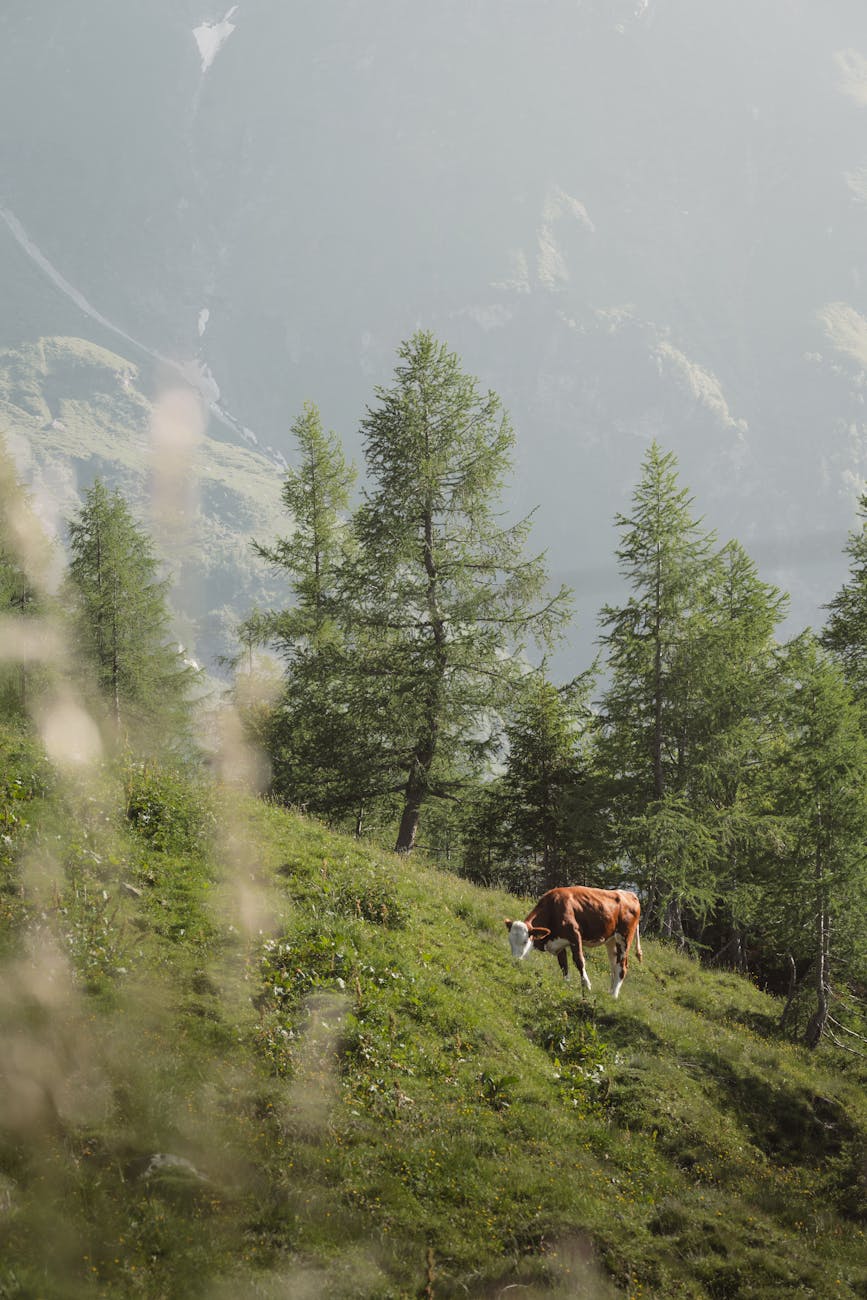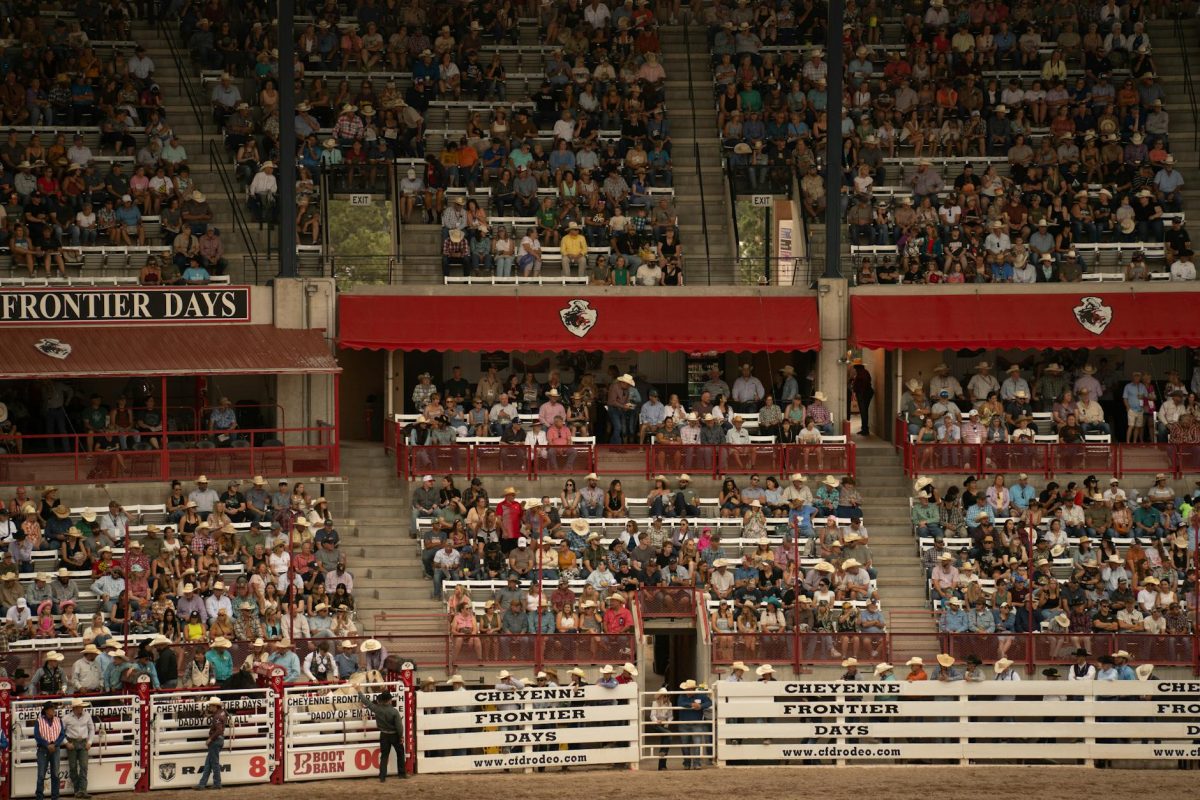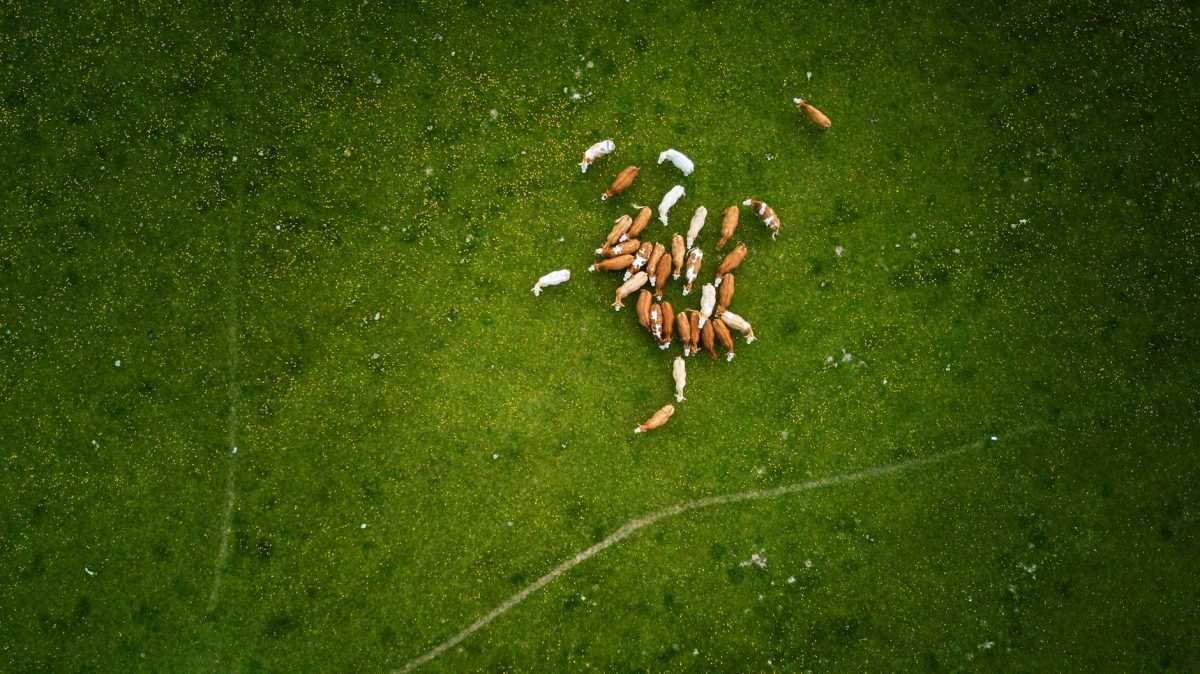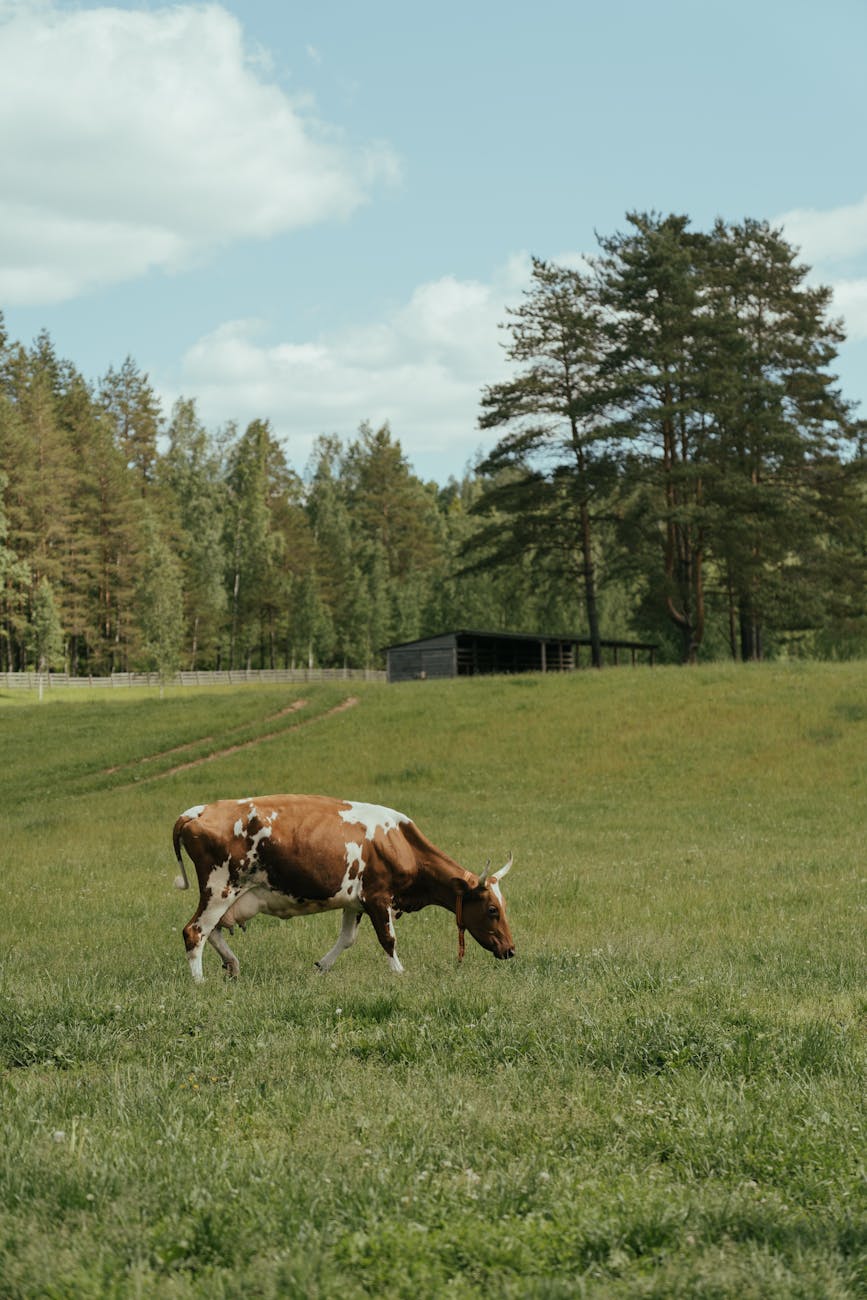Exploring the Diverse World of Cow Breeds
Cows are one of the most iconic and important livestock animals in the world. They play a crucial role in providing various resources such as milk, meat, and leather. Additionally, these gentle creatures come in a fascinating array of breeds, each with its unique characteristics and history. In this article, we will delve into the diverse world of cow breeds, showcasing the remarkable variety that exists within this species.
The Holstein: The Iconic Dairy Cow
Among the most well-known cow breeds is the Holstein, famous for its distinctive black and white markings. Holsteins are the quintessential dairy cows, prized for their high milk production. These gentle giants are known for their docile nature and adaptability to various climates, making them a popular choice for dairy farmers worldwide.
The Angus: Premium Beef Quality
On the other end of the spectrum, we have the Angus breed, renowned for its superior beef quality. Angus cattle are valued for their marbling, which enhances the tenderness and flavor of their meat. These black-hided beauties are a favorite among beef producers for their excellent carcass quality and efficiency in converting feed into muscle.
Brahman: The Heat-Tolerant Breed
In regions with hot climates, the Brahman breed shines for its exceptional heat tolerance. Known for their distinctive hump and droopy ears, Brahman cattle are well suited to tropical environments. These resilient animals have adapted to thrive in challenging conditions, making them a valuable asset for farmers in warmer regions.
The Hereford: A Classic Dual-Purpose Breed
The Hereford breed is a versatile choice for farmers seeking a dual-purpose animal for both milk and meat production. Known for their distinctive red body color with a white face and belly, Herefords have a calm temperament and efficient feed conversion. These hardy cattle excel in both dairy and beef operations, making them a favored choice for many farmers.
Jersey: The Milk Queen
For dairy enthusiasts, the Jersey breed is a top pick for its rich and creamy milk. Jerseys are known for their fawn color and gentle disposition, making them a favorite among small-scale dairy farmers. Despite their smaller size compared to other dairy breeds, Jersey cows are highly efficient milk producers, prized for the quality of their milk with high butterfat content.
The Charolais: A Majestic Beef Breed
The Charolais breed, with its distinctive white coat, commands attention as one of the largest beef cattle breeds. Known for their impressive muscle mass and rapid growth rate, Charolais cattle are popular in the beef industry for producing high-quality meat. These majestic animals have a noble appearance and are prized for their exceptional feed efficiency.
Conclusion
In conclusion, the world of cow breeds offers a diverse tapestry of characteristics, suited to various agricultural needs and environments. From iconic dairy cows like the Holstein to premium beef producers like the Angus, each breed brings its unique contribution to the livestock industry. Whether for milk, meat, or both, there is a cow breed to suit every farmer’s needs. By understanding and appreciating the fascinating diversity of cow breeds, we can truly acknowledge the significance of these animals in our lives and agriculture.




